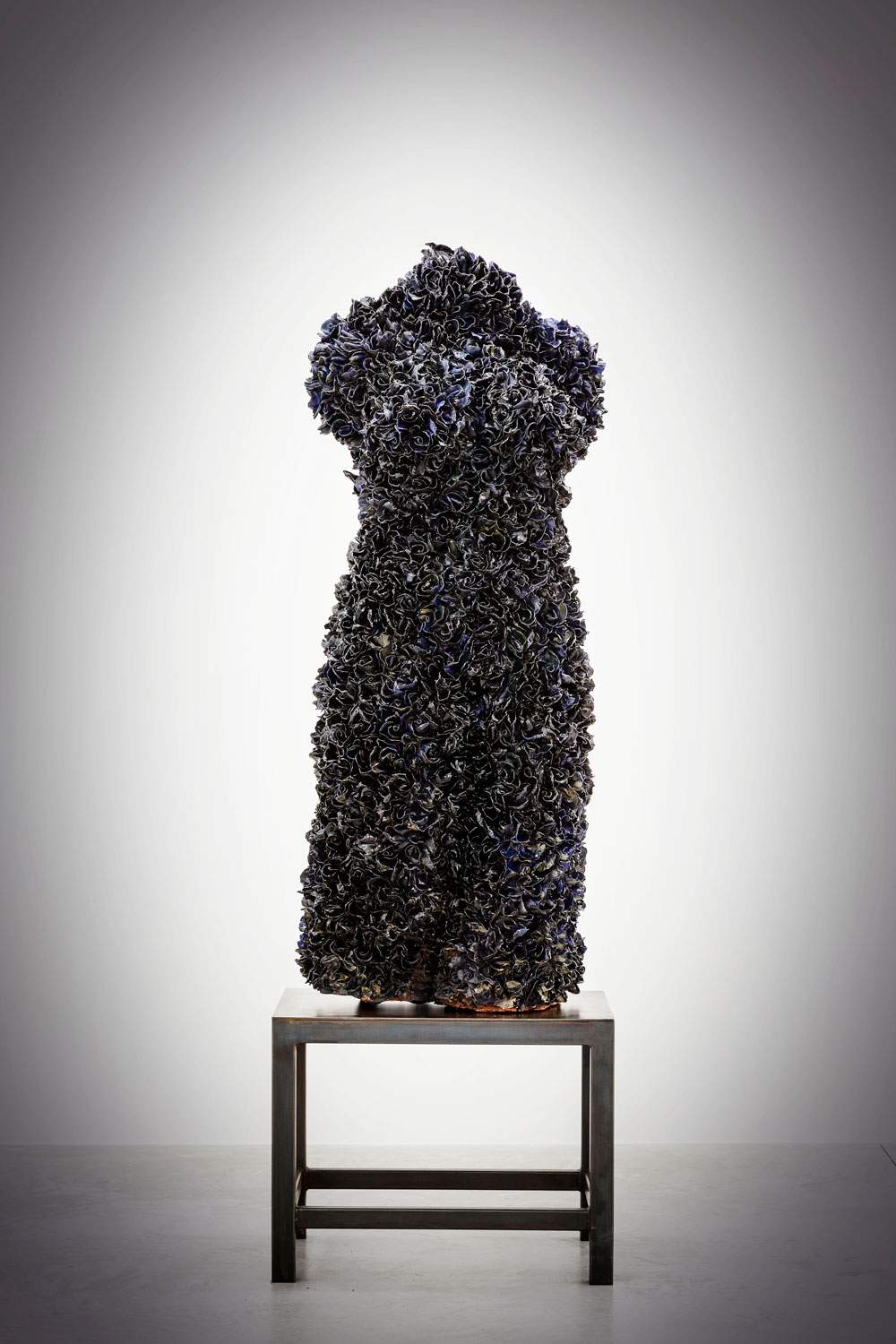Johan Creten's Sins on display for the first time in Italy
TheAcademy of France in Rome - Villa Medici presents Johan Creten’s exhibition, The Sins, curated by Noëlle Tissier and organized by the Academy of France in Rome - Villa Medici with the support of the Perrotin and Almine Rech galleries from October 15, 2020 to January 31, 2021.
Flemish artist Johan Creten (Sint-Truiden, 1963) has distinguished himself in the international art scene in recent years as an unclassifiable and countercultural figure. He began his studies at the Academies of Fine Arts in Ghent and Paris. While in the French capital, where he studied as a painter, he discovered ceramics, making it his primary medium. His constant travels, from The Hague to New York, from Rome (where he was a fellow at the Academy of France in Rome-Villa Medici in 1996) to Mexico and Florida led critics to call him the “Gypsy of Ceramics.” He has distinguished himself since the 1980s for hisinnovative use of ceramics.
Throughout his production he has also distinguished himself for the virtuoso use of bronze in the creation of monumental sculptures: an important example, De Vleermuis - The Bat, will be presented in the gardens of Villa Medici.
For thefirst time in Italy, on the occasion of I Peccati, Creten brings together fifty works in bronze, ceramics and resin that dialogue with the works of artists such as Lucas Van Leyden (1494-1533), Hans Baldung (1484-1545), Jacques Callot (1592-1635), Barthel Beham (1502-1540) and Paul van Vianen (1570-1614), from whom Creten was inspired.
The exhibition opens with a series of creations and re-creations of conceptual works from 1986. Alongside The Garden, a work created in 1996-97 during his residency at Villa Medici, and more significant works such as Présentoir d’Orange (1989-2017) and Plantstok (1989-2012), the first room questions the relationship with introspection and self-awareness, evoking the concept of paradise lost and temptation.
The next room will display a monumental new resin work, Muses et Méduses, begun in 2005 and completed in 2019, which dialogues with excerpts from the famous metonymic series Smell of Female, focusing on seduction, the ambiguity of feelings and human relationships. This is followed by a section with highly political works, including the bronze The Price of Freedom (2015), Couch Potatoes (1997), and the new ceramic series Wargames (2019), and a group of enigmatic bronzes intended to raise the question of moral consciousness in a society involved in constant mutation. The last section is dominated by the monumental sculpture The Herring: the new sculpture, created in collaboration with the historic Porzellanmanufaktur Augarten workshops in Vienna, revisits a Doccia porcelain. Spread throughout the space, a new series of glazed stoneware Bolders invites the public to sit, take time, look at the works to discover their connections and immerse themselves in magnificent details: shimmering glass surfaces, hidden meanings and metaphors.
Johan Creten talks about Slow art and the need for a return tointrospection. His sculptures, made especially for the exhibition between 2019 and 2020, join works tracing his career from the 1980s to the present, and are accompanied by prints, tapestries and bas-reliefs from the 16th and 17th centuries from the artist’s personal collection. These latter works reveal his preoccupations, both artistically, historically, politically and philosophically.
“With Johan Creten,” comments art historian Colin Lemoine, “sins are not seven in number. Seven, this implacable figure, equals the number of sacraments in the Bible and the hills of Rome. Here, sins are infinite and unlimited, inexhaustible. They are not numerable, only designable. Sins are not all capital; they can be imperial, imperious, peripheral, insidious, insignificant, invisible. They are always below calculation and language. The seven deadly sins are worth little compared to baseness, barbarism, boredom, mutilation, regret, melancholy and terror, in short, life. Thus, Johan Creten’s sculptures have nothing to do with morality or sanction, guillotine or censure. They speak of sins, they speak of life infusing desire and pain, hope and sorrow, lust and anger, love and death, Eros and Thanatos. They speak of the amphibious life, between Styx and Paradise. They speak of the pulsional life, when hearts beat, when serpents twist, when wings unfold, when vulvas open, when the curtain moves and the naked truth finally appears, that hypnotic Medusa. Will not sin then after all be the weary form of purity? Does it not point to our condition as extremely fallible men? Is not sin, to borrow the words of Victor Hugo, a wonderful ’gravitation’?”
For info: villamedici.it
Image: Johan Creten, Het Paard van Troje - III (Le cheval de Troie No. 3 ) (1992-93) Courtesy Perrotin, Almine Rech Gallery, Transit Gallery & Johan Creten © Sven Laurent © Adagp, 2020
 |
| Johan Creten's Sins on display for the first time in Italy |
Warning: the translation into English of the original Italian article was created using automatic tools. We undertake to review all articles, but we do not guarantee the total absence of inaccuracies in the translation due to the program. You can find the original by clicking on the ITA button. If you find any mistake,please contact us.





























